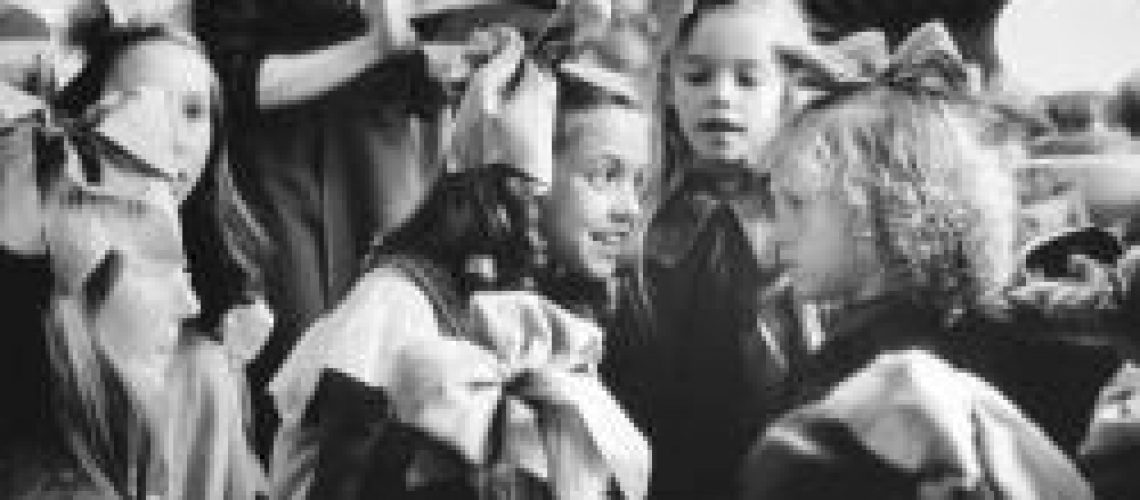Director Alfonso Cuarón excels in the types of pictures that tend to stump even the otherwise most considerable of directors. Cuarón’s films are sensual; they have a tingly heat, an otherness that immediately sets them apart from anyone else’s work. Cuarón gets sex, his Y tu mama tambien is one of the sexiest pictures ever made, and he gets the imagination, particularly of children. It makes sense really, why a filmmaker might understand how to portray both of these very disparate aspects of human nature so well. Sex and play are both very withheld and personal, and it takes a major talent: a humane, empathetic artist, to dramatize them to their fullest without succumbing to the cheap or maudlin.
I would have confidently written the above of Cuarón on the strength of Great Expectations, Harry Potter and the Prisoner of Azkaban, Y tu mama tambien, and Children of Men, before taking the opportunity to see his English language debut, A Little Princess, a picture that was released early summer nearly thirteen years ago to critical acclaim and little else, a small film that was probably eaten up by louder, more obvious fare. Have you noticed how distressingly loud the children’s pictures have become? How determined they are to teach lessons of independence so long as its the sort of independence that entails buying a figure of whatever the most obnoxious character happens to be?
It’s unlikely, then, that many children bought dolls of Sara Crewe (Liesel Matthews), the name doesn’t quite roll off the tongue like a Transformer or a (damn, were these things of ever acceptable?) Power Ranger. Sara isn’t a super being but an intelligent girl of privilege, growing up in a storybook India with her father, Capt. Crewe (Liam Cunningham). As lush and ideal as the India of this film is, Sara still nurtures a considerable inner world, and the film opens as Sarah shares part of this world with her friends, the story of Prince Rama and his quest to save his wife Sita from the evil Ravana. The Prince’s story is dramatized for us, in a groovy series of peyote flavored episodes that begin to bear more and more similarity to the story of Sara herself.
We, of course, have to leave the mythical, painterly paradise of India. A Little Princess is a fairy tale after all, and the heroine, like most people who read fairy tales in the real world, is going to have to face a test of character. Capt. Crewe enlists in the First World War, and Sara is sent to a boarding school in New York that immediately arouses suspicion. It’s clear that the school isn’t going to understand Sara, and that the other children have forcibly bought in to the hysterical control that Miss Minchin (Eleanor Bron) wields. There’s hope at first, Sara’s money serves as a convenient bypass of the more extreme rules, but something awful soon happens that flips Sara’s world over, leaving her not only without her possessions but her schooling as well, forced to serve the girls who were her friends the day before.
We’ve certainly walked this walk before, A Little Princess is a simple story, the kind of story that depends more than any other on the craftsmanship of the filmmakers. Familiarity breeds contempt, but in the movies it can also breed a deep affection. We know Sara will find a way out of this fresh misery, right? We know she will be reunited with her father, and that retribution will land on the doorstep of the awful, unforgiving Miss Minchin, right? We know, but in the right hands, we never know, because most of us, like Sara, are looking for a good tale, an opportunity to suspend disbelief and revel in problems that rise and die before we’ve finished our popcorn.
There’s more to A Little Princess than just hitting the right storytelling marks though, Cuarón, even in his second film, exhibits a master’s touch with the material. The film is rapt and poetic, probably one of the more visually amazing films to be released in the 1990s. As in Cuarón’s other films, the visuals exist for more than their own beauty, they comment on the action, on the characters’ dreams or lack thereof. One scene, late in the film, ranks as one of Cuarón’s finest: Sara, lonely in her attic accommodations, looks out the window to the apartment next door to see the mysterious Indian man who just might be her savior looking back at her. He emits a light, and soon Sara finds herself in a spotlight of stars, an otherworldly appreciation that she has desperately needed since her father left.
Richard LaGravenese and Elizabeth Chandler’s script, lean and delicate, also plays fair with the character of Sara. She may be the star of a fairy tale, but she’s also a truthful portrait of a smart little girl who has that familiar to smart little girls’ habit of thinking she knows everything. Watch the opening moments with Sara in the boarding school, Miss Minchin is an undeniable pill, but Sara does her part too, stepping on toes, breaking rules, knowing that her father’s money will be the ultimate tie-breaker. Sara might not know this, but she certainly knows this. Minchin, likewise, is allowed a speck of sympathy. Sara asks Minchin if her parents ever told her that she was a princess, and the pained, twisted look tells us all.
A Little Princess is a wonderful film, perhaps the most purely consistent thing that Cuarón made thus far. The film doesn’t have the convolutions of the Harry Potter novel to contend with, nor the disappointing third acts of Children of Men or Y tu mama tambien. Princess is confidently about one thing and one thing only, and that can be found on the back of the DVD box: Every girl everywhere is a princess. What a wonderful thing to believe.

